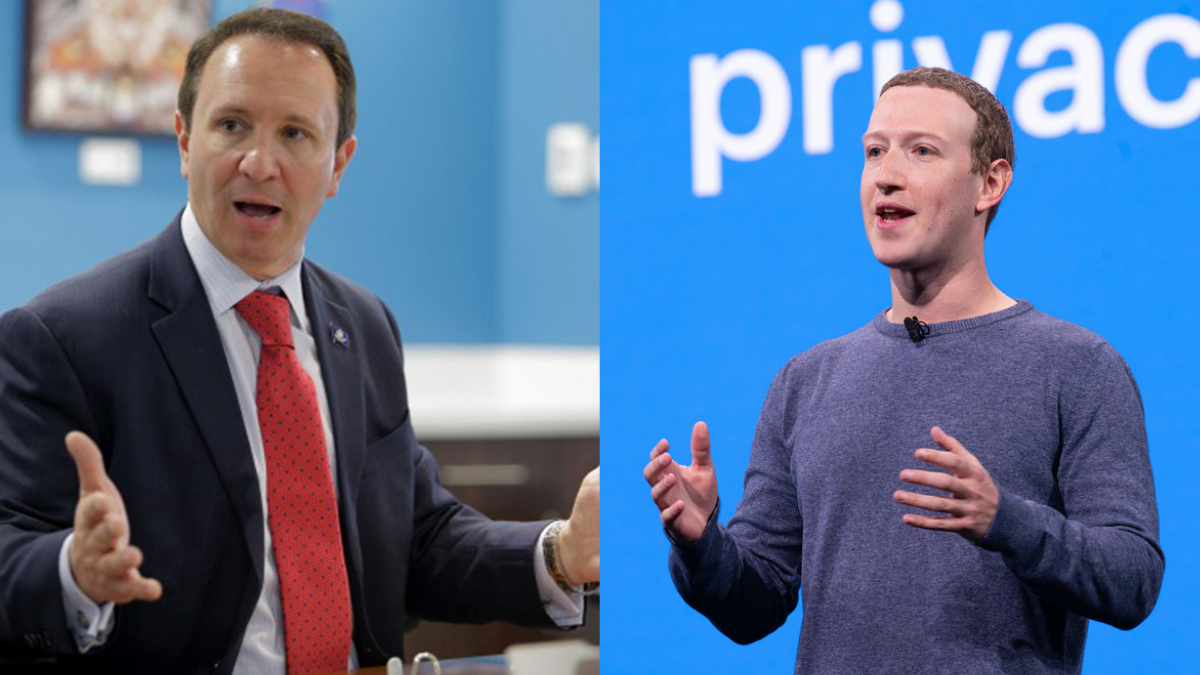
Generation X is sometimes said to be too small of a demographic to make a mark on electoral politics. The Reaganesque Tea Party had its moments, but it failed to win the highest office for conservatives, and its many heroes — Ted Cruz, Scott Walker, Sarah Palin, Paul Ryan — are fizzing out.
Last fall, during the Brett Kavanaugh hearings, the country was treated to a vision of an antihero straight out of films by 1980s teen director John Hughes. Now, with Robert “Beto” Francis O’Rourke’s entry on the national political stage, we’ve moved on to Gen X clowns. Beto’s persona is a reflection of a different character from John Hughes’ universe: he is the “Duckie” Dale from “Pretty in Pink.”
Newt Gingrich wrote recently that Beto is a Kardashian candidate, but that’s an imprecise comparison. Kardashians hog the spotlight, but, unlike Beto, who kinda sorta shreds on a skateboard in a Whataburger parking lot, they don’t go countercultural.
In a decade-old essay titled “Quirked Around,” Michael Hirschorn tells us that Duckie, a lovable, friend-zoned eccentric, didn’t get the girl, but his character gave birth to the aesthetic of quirk. I tend to disagree on origin. I’d like to believe Duckie was inspired by some post-punk types Hughes had observed. Nevertheless, I found Hirschorn’s revelations mind-blowing:
As an aesthetic principle, quirk is an embrace of the odd against the blandly mainstream. It features mannered ingenuousness, an embrace of small moments, narrative randomness, situationally amusing but not hilarious character juxtapositions (on HBO’s recent indie-cred comedy Flight of the Conchords, the titular folk-rock duo have one fan), and unexplainable but nonetheless charming character traits. Quirk takes not mattering very seriously.
The elephant in the room here is that Gen X was the first age cohort raised without the cultural canon. It’s not that the pop-cultural mainstream was bland, as Hirschorn noted, but that high culture has receded, leaving the arty types to discover the great works at random, if at all.
A dig through a used bookstore can yield a brilliant novel carelessly omitted by educational bureaucrats, an amusing, if outdated bestseller, or nothing at all. And if nothing good is discovered, find something mildly noteworthy, something quirky, to be excited about.
The flip side of the arbitrary experience of basics is the artist’s demoralization. If no work of art has intrinsic lasting significance without the canon, why bother creating anything of eternal value? Go small instead, and find elevate charming marginalia.
Here lies the essential problem with quirk. Again, Hirschorn: “[Q]uirk is everywhere because quirkiness is so easy to achieve: Just be odd … but endearing. It becomes a kind of psychographic marker, like wearing laceless Chuck Taylors or ironic facial hair—a self-satisfied pose that stands for nothing and doesn’t require you to take creative responsibility. Just because you can doesn’t mean you should. It’s harder to construct a coherent universe that has something to say about contemporary life.”
This is not to say that quirkiness could never hit a sweet spot. It can. Hirschorn lists Wes Anderson’s early film “Rushmore,” and Johnathan Safran Foer’s early novel “Everything Is Illuminated,” as the highlights of the genre.
I don’t think any important work has been added since the early 2000s. Hirschorn’s essay was written at the golden age of quirk, when people who came of age in the ’80s and ’90s were still commanding attention. They don’t anymore, and since Barack Obama launched his campaign, the arts have gotten too earnestly woke to be able to properly project the charm of hastily assembled eccentricities.
With his focus on the cinema, literature, and spoken word, Hirschorn neglected a key element of the Gen X aesthetic sensibility. That was quite quirky of him, but doesn’t negate the fact that late 20th-century tastes were music-driven, and the music was rock-n-roll.
By the 1980s, rock-n-roll had descended into a cult of the esoteric. Music scenes, made up of flamboyantly dressed bands of idiot savants who never bothered to learn to read music, grew increasingly fragmented.
Because they weren’t properly trained, they would sometimes, in violation of every existing rule, accidentally stumble upon an interesting sound or a chord progression. Armed with their random inventions, they played small shows for in-the-know crowds, or each other. And if one such band ended up signing a major label deal, and made it big, they’d have to be endlessly ungrateful to stay true to their niche, like Nirvana. Of course they have to — they are mostly interesting because they represent that niche.
O’Rourke, who was once recorded doing an atrocious cover of a three-cord wonder band while wearing a sheep suit, never had that problem. That show he played, you just had to be there to appreciate the significance of what happened. As for the actual music, Beto And the Furies must have had a good idea that they sucked, and they weren’t even trying — unless that bizarre sheep costume counts for trying. This used to be known as it’s so bad, it’s good aesthetic, and it was never good.
Because it’s so easy to achieve, quirk is democratic, and accessible to virtually anyone properly socialized to engage in it. Financial expenditure for participation is usually not prohibitive, even in notoriously costly mediums, like film. For instance, suburban kids with video cameras and too much time on their hands may end up filming “The Blair Witch Project.” Sure, 20 years later the film is all but forgotten, but at least the kids had fun, or at least it seemed that way.
Beto, too, is having fun with his campaign. He gets up on top of bar counters, talking about women terminating pregnancies in the third trimester, gesticulating intensely. Why is he not dancing, though? What a rip-off! Why can’t we dance about abortion?
His hand gestures look pretty deliberate, and have to be focus group-tested. The early-middle age girls who are into musical theater, like the ones who produced a song about the politician for his failed senatorial run, probably found his mannerisms convincingly ironic.
The audience either gets Beto, or it doesn’t, which is a problem with running a Gen X novelty campaign. Like Duckie, he may come across as adorable to a properly initiated in-crowd member, but to rest of us he’s more like Napoleon Dynamite, a not-so-charming oddball.
If Betomania has to be esoteric to resonate, how is it going to win at the ballot box? If I correctly recall the early ’90s narrative, at some point, after the primaries maybe, everyone will jump on the bandwagon of a properly promoted candidate.
I’m not worried about Beto. Like a good ’90s slacker, he messed up big time, had a DUI hit and run, yet since his daddy bailed him, still got the girl. The girl in question came from a filthy rich family, a kind of metaphor for the sheer luck of a man born into a wealthy, dynamic republic that he takes for granted. Beto will be okay.
Beto is in politics because he has failed in his artistic pursuits: his horror story was cliché, his band was crap, his skateboarding is not impressive, and I’m sure everything else he touched was equally bland.
There are, however, some talented people out there who, having been neglected by the educational establishment in their formative years, have been relying on quirky prompts. They will not go into politics because they don’t have connections, and because it’s a loser move anyway.
At 40-plus years of age, one might want to start taking his art seriously. Maybe time has come, after all these years, to finally learn to read music.









